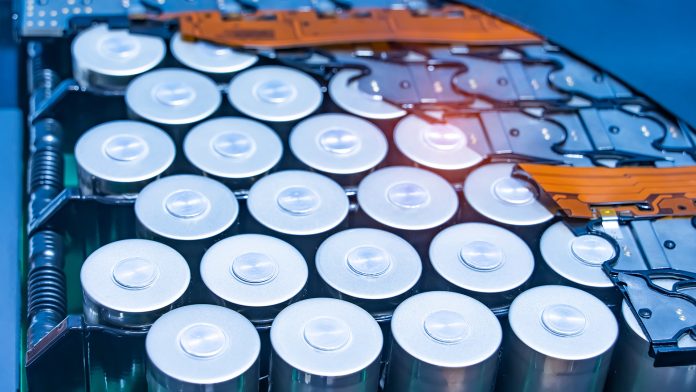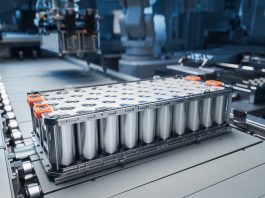Charge-recharge cycling of lithium-superrich iron oxide, a cost-effective and high-capacity cathode for new-generation lithium battery cathodes, can be improved by doping with readily available mineral elements.
Increasing the capacity, efficiency, and sustainability of lithium batteries is a constant research effort.
A major challenge is to reduce the reliance on rare and expensive resources. One approach is to use more efficient and sustainable raw materials for the battery cathodes, where key electron exchange processes occur.
The researchers worked to improve the performance of cathodes based on a particular lithium-iron-oxide compound.
Critical raw materials could improve battery cathodes
Researchers previously reported a promising cathode material that exhibits a high capacity using iron and oxygen redox reactions.
However, its development encountered problems associated with the production of oxygen during charging-recharging cycling.
“We have now found that the cyclability could be significantly enhanced by doping small amounts of abundantly available elements such as aluminium, silicon, phosphorus, and sulphur into the battery cathode’s crystal structure,” explained Associate Professor Hiroaki Kobayashi.
The role of covalent bonding
A crucial chemical aspect of the enhancement proved to be the formation of strong ‘covalent’ bonds between the dopant and oxygen atoms within the structure.
These bonds hold atoms together when electrons are shared between the atoms, rather than the ‘ionic’ interaction between positive and negatively charged ions.
Analysing improvements in the cathodes
The researchers used X-ray absorption analysis and theoretical calculations to explore the fine details of changes in the structure of the battery cathode material caused by introducing different dopant elements.
This allowed them to propose theoretical explanations for the improvements they observed.
They also used electrochemical analysis to quantify the improvements in the cathode’s energy capacity, stability and the cycling between the charging and discharging phases, showing an increase in capacity retention from 50% to 90%.
“We will continue to develop these new insights, hoping to make a significant contribution to the advances in lithium battery technology that will be crucial if electric power is to widely replace fossil fuel use, as required by global efforts to combat climate change,” Kobayashi concluded.









